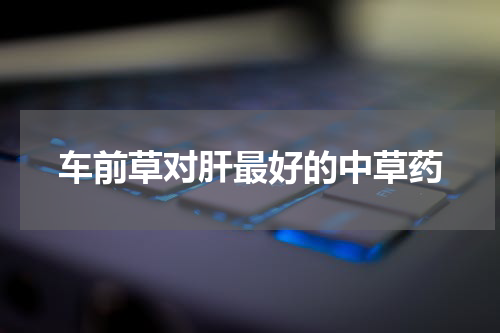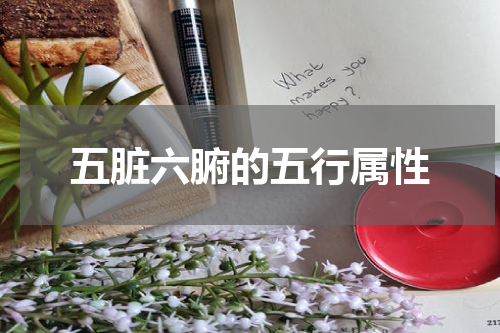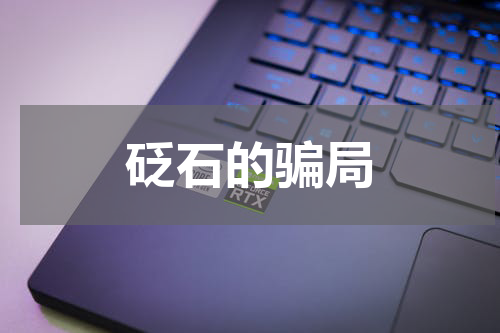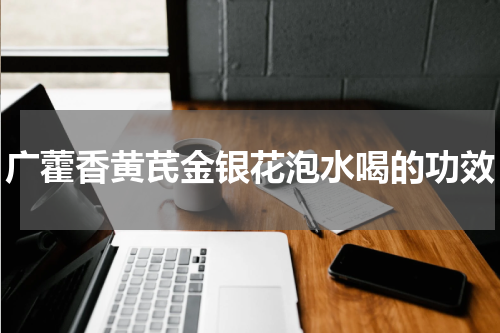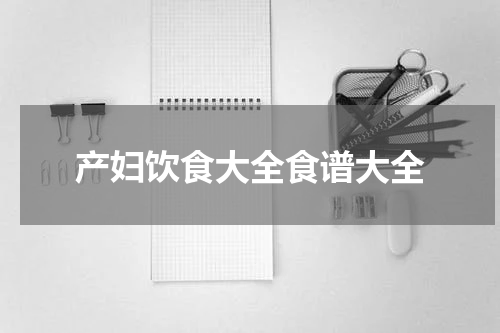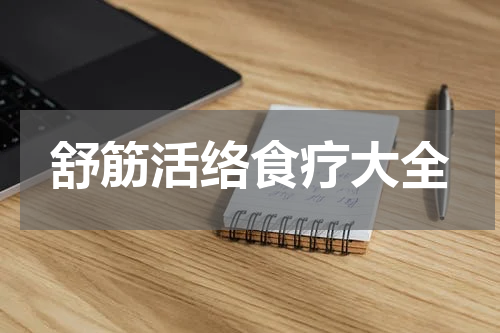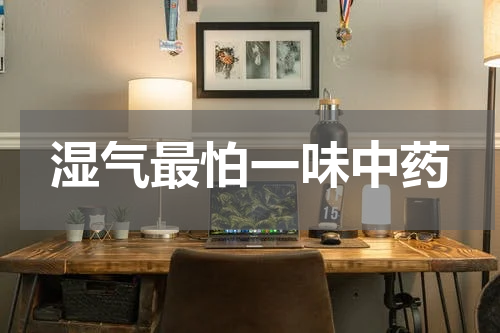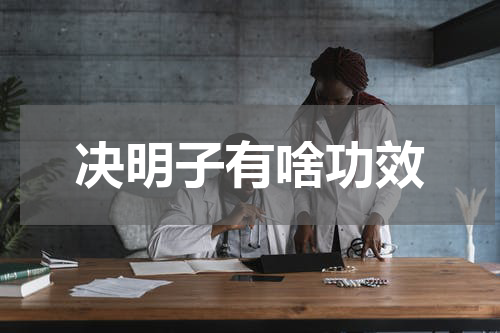1.Acupuncture,asoneofthemaintreatmentmethodsintraditionalChinesemedicine(TCM),hasalonghistoryandabundanttherapeuticeffects.2.Acupuncture,basedonthetheoryofmeridiansandcollaterals,involvesinsertingneed
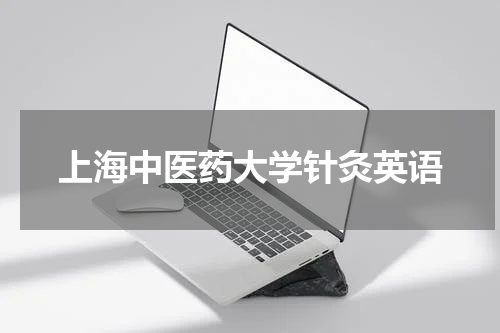
1. Acupuncture, as one of the main treatment methods in traditional Chinese medicine (TCM), has a long history and abundant therapeutic effects.
2. Acupuncture, based on the theory of meridians and collaterals, involves inserting needles into specific acupoints on the patient's body to regulate the flow of Qi and blood, balance Yin and Yang, and restore the normal function of organs or tissues.
3. Acupuncture is widely used to treat various diseases, including pain, digestive disorders, respiratory problems, gynecological disorders, and neurological disorders.
4. Acupuncture treatment is individualized and requires a thorough understanding of the patient's constitution, symptoms, and medical history. A TCM practitioner needs to carefully select appropriate acupoints, regulate the needling techniques, and adjust the treatment plan according to the patient's response.
5. Acupuncture is generally safe and well-tolerated, with few side effects. However, patients should receive acupuncture treatment from qualified practitioners who have received proper training and follow the principles of aseptic technique.
6. Acupuncture is increasingly recognized and accepted by Western medical practitioners and patients for its efficacy and safety in treating various health conditions. It is becoming a complementary and alternative therapy that can be used alone or in conjunction with other forms of medical therapy.


